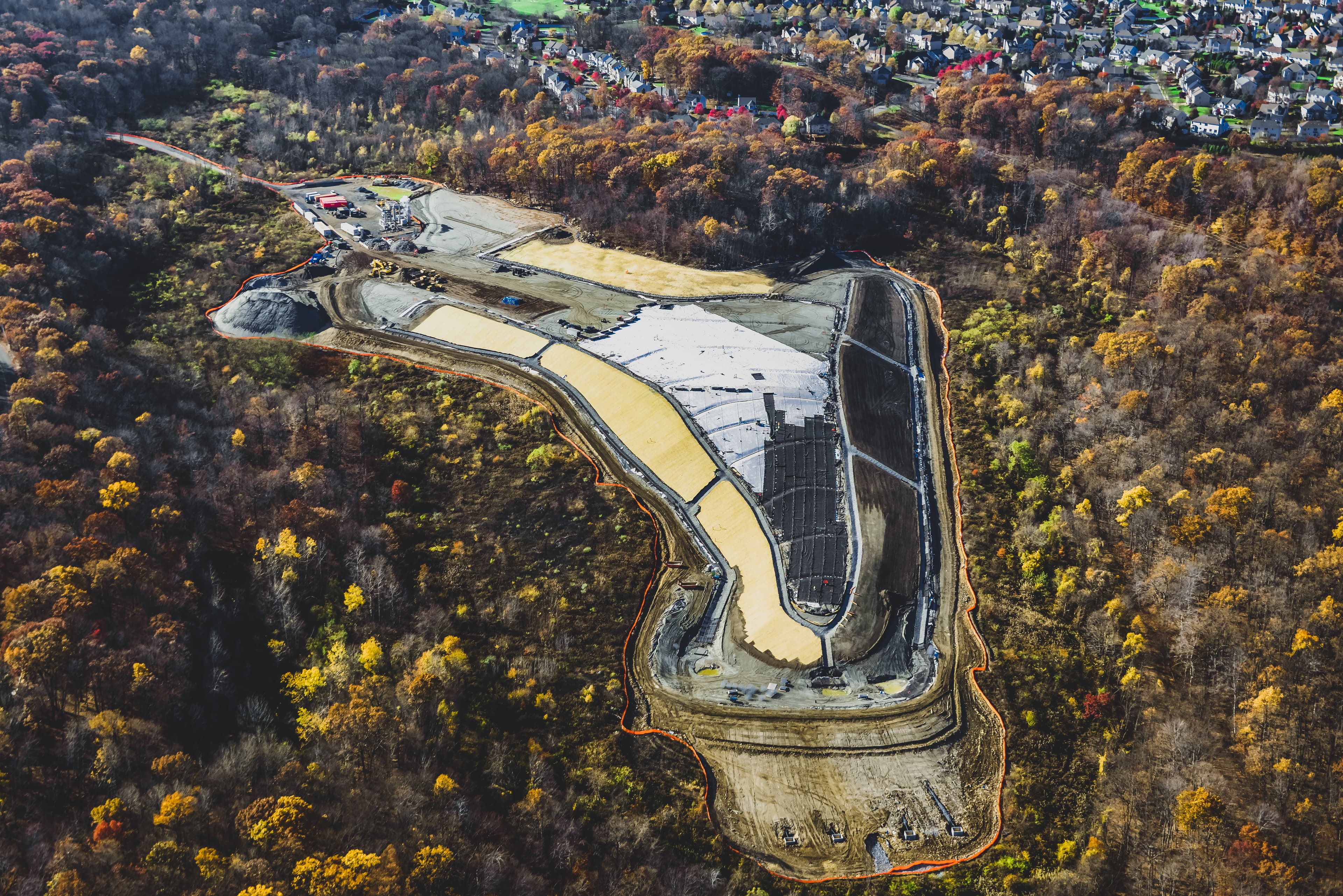
How geosynthetics optimize waste management in landfills
In the evolving landscape of civil engineering and geosynthetics, the concept of engineered landfills represents a significant advancement in waste management practices. Engineered landfills are designed to optimize space and volume while minimizing environmental impact in dealing with solid waste, as defined by the American Society of Civil Engineers. This approach confines refuse to the smallest practical area and volume, ensuring public health and safety are not jeopardized.
Early designs of engineered landfills focused on selecting suitable land that was elevated, accessible, and distanced from populated areas. These designs incorporated barriers to prevent groundwater contamination and systems for effective drainage and leachate treatment. However, the rapid urbanization seen in emerging economies has strained existing infrastructure, including municipal solid waste landfills. The transformation of rural centers into bustling urban and semi-urban locales has led to an increased demand for efficient waste management solutions.
The challenge is further compounded by the fact that many existing landfills, designed with a 20-year lifespan in mind, have reached their capacity much sooner than anticipated. This situation has necessitated the expansion of landfill capacities to accommodate the growing waste generation.
From a cost/benefit perspective, landfills typically operate on long-term build-operate-maintain models, with costs regulated and subject to inflation adjustments. Expanding an existing landfill's capacity by increasing its height offers a cost-effective alternative to constructing new facilities, which can be prohibitively expensive due to rising land prices.
The augmentation of landfill height involves constructing additional supporting structures from a stable point, ensuring the stability of the landfill and the integrity of its barrier system. This method not only increases capacity but also conserves space and reduces costs, making it a viable solution for the challenges faced by landfill operators.
Reinforced soil slopes, particularly those designed with soil reinforcement that features high tensile stiffness and guaranteed long-term strength, offer an optimal solution. These reinforcements, such as MIRAGRID® geogrids, provide tangible benefits including cost savings, quicker payback periods, and low maintenance requirements. Their flexibility and seismic resistance further establish them as the preferred choice for landfill applications.
MIRAGRID® geogrids play a crucial role in supporting additional waste loads and are essential in a variety of soil reinforcement applications within landfill facilities. By accommodating tensile loads and limiting strains, these geogrids contribute to the sustainability and efficiency of new-age landfill designs.
As the field of civil engineering continues to evolve, the development of new age landfills represents a forward-thinking approach to waste management, combining economic viability with environmental responsibility. These innovations offer promising solutions to the challenges of urbanization and waste disposal, demonstrating the potential for significant advancements in the field.
Explore more blogs
View allHow durable are GEOTUBE units in engineering projects?
Do geosynthetic clay liners require prehydration?
What are the key considerations in designing reinforced soil slopes?
A technical overview of reinforced soil slopes (RSS) in geotechnical engineering, focusing on design, erosion control, and innovative materials for slope stability.